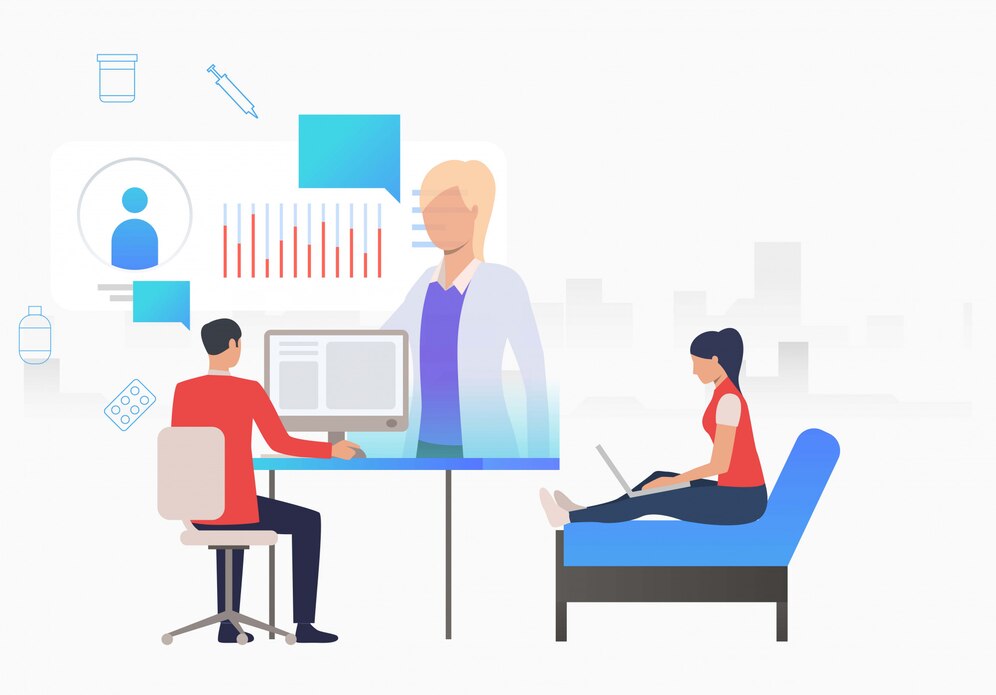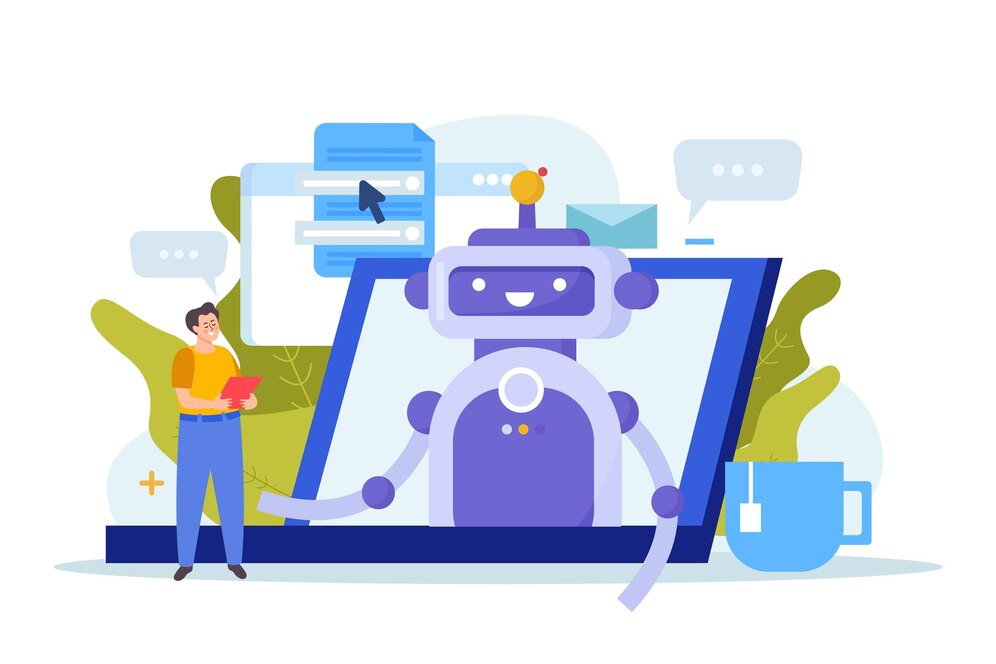TL;DR
Time-Saving: One-way video interviews eliminate scheduling conflicts, saving recruiters hours in the hiring process.
Bias Reduction: These interviews focus on candidates’ answers, removing potential biases from live, face-to-face interviews.
Global Candidate Pool: Candidates can record their responses from anywhere, giving recruiters access to a wider talent pool.
Engagement Issues: The impersonal nature of one-way video interviews can lead to candidate disengagement and ghosting.
Technical Hiccups: Poor video or audio quality, along with technical glitches, can negatively impact the interview process.
Effective Management: Clear communication and setting expectations can help prevent ghosting and improve the candidate experience.
Introduction:
If you’re in recruitment, chances are you’ve already heard about one-way video interviews. They sound like the holy grail of recruitment technology, promising to save time, reduce scheduling headaches, and speed up the hiring process. But, like anything with high expectations, they come with their own set of challenges. One key question remains: Are one-way video interviews truly the time-saver they promise to be, or are they simply a tool that leads to candidate ghosting, leaving you wondering if anyone actually cares?
In this article, we’ll explore the pros and cons of one-way video interview software, the best practices to avoid ghosting, and the overall impact they’re having on the recruitment process. So, grab your favorite beverage, and let’s dive in!
What Are One-Way Video Interviews?
One-way video interviews allow recruiters to send pre-recorded questions to candidates. The candidates, in turn, record their answers at a time that works for them, and the recruiter can review them later. This type of interview is becoming increasingly popular in the recruitment world, especially for initial screenings.
Why Should You Care?
For recruiters, the appeal is obvious. One-way video interviews:
Eliminate the need for scheduling back-and-forth emails.
Allow recruiters to review responses on their own time.
Enable faster, more scalable hiring, especially for high-volume roles.
But, while these tools promise to streamline the process, they raise the question: Are we losing the human connection in the pursuit of efficiency?
The Advantages: Why One-Way Video Interviews Are a Game-Changer
Faster and More Efficient
One of the main reasons one-way video interview software has taken off is that it saves time. Traditional interviews require both the interviewer and candidate to coordinate schedules, which can often be a hassle. With one-way video interviews, candidates can record their responses whenever it’s convenient for them—whether it’s during lunch breaks or late at night. Recruiters, in turn, can watch the interviews on their own schedule, making it easier to assess multiple candidates without the time commitment of live interviews.Eliminating Bias
Pre-recorded video interviews allow companies to assess candidates without the immediate bias that can sometimes occur during live interviews. By focusing solely on the responses, you’re assessing the candidate based on their skills and experience, rather than physical appearance, body language, or the timing of their interview. In this sense, AI-based video screening tools can help level the playing field.Increased Candidate Pool
With the convenience of recording their responses on their own time, one-way video interviews allow employers to cast a wider net. You’re no longer limited to local talent that can take time off work to attend a traditional interview. Candidates can be from anywhere in the world, increasing your talent pool and improving your chances of finding the perfect fit.
The Downsides: Is Candidate Ghosting a Problem?
Lack of Engagement
While one-way video interviews can save time, they can also create a sense of disconnection. Candidates may feel less engaged in the process since they’re recording their responses to pre-recorded questions without an immediate interviewer. This lack of real-time feedback or interaction can lead to a less memorable or enthusiastic interview experience for candidates, ultimately leading to ghosting—where candidates fail to show up for scheduled interviews or disappear without a trace.Technical Hiccups
Not all candidates are tech-savvy or equipped with the best video equipment. Poor lighting, bad internet connections, and low-quality audio can all negatively impact the quality of a one-way video interview. This means that, in some cases, a candidate might not be presented in the best light, even though they may be an ideal fit for the role.Missing Out on Non-Verbal Cues
In traditional interviews, much of the communication happens non-verbally. You can pick up on body language, facial expressions, and the candidate’s overall demeanor, which provides important insights. Unfortunately, with a one-way video interview, those elements are lost, which could result in overlooking red flags—or even missing out on standout candidates who shine during live interactions.
How to Prevent Ghosting with One-Way Video Interviews
If you’ve already experienced the frustration of candidates ghosting after being asked to complete a one-way video interview, don’t worry! Here are some tips to improve engagement and reduce ghosting:
Personalize Your Invitation
Avoid sending generic invitations. Personalize your message to candidates by explaining why they’ve been selected for a one-way video interview and how it will help streamline the process. Candidates are more likely to feel valued if they understand the purpose and benefits of this format.Set Clear Expectations
Make sure candidates know when they’ll be expected to submit their video responses and how long they should expect the entire process to take. If you’re using AI video interview software, let them know how their responses will be evaluated. Clear communication helps set expectations and encourages candidates to follow through.Offer Support
If possible, offer candidates a brief tutorial or FAQ guide on how to record and submit their responses. Some candidates may feel intimidated by the idea of recording themselves on video, so providing a little extra help can ease their nerves.
Conclusion: One-Way Video Interviews—Friend or Foe?
So, are one-way video interviews a time-saver or a ghost magnet? The answer depends on how you implement them. When used strategically, they can save you hours in the hiring process, provide valuable insights, and open up your candidate pool to a wider audience. However, if not done correctly, they can lead to disengaged candidates, technical issues, and even ghosting.
The key to success with one-way video interviews lies in clear communication, setting proper expectations, and choosing the right video interview tool. With the right approach, these tools can be a game-changer for recruiters—and they might just help you find your next star employee.
FAQ: One-Way Video Interviews Demystified
Q1: What exactly is a one-way video interview?
A one-way video interview is an asynchronous interview format where candidates record their responses to pre-set questions at their convenience. Recruiters then review these recorded responses at a later time.
Q2: How can I reduce candidate ghosting in one-way interviews?
To minimize ghosting:
Craft engaging and personalized interview invitations.
Clearly communicate deadlines and the interview process.
Ensure candidates have access to resources to troubleshoot potential technical issues.
Send reminders and follow-up communications to keep candidates engaged.
Q3: Are one-way video interviews suitable for all stages of hiring?
One-way video interviews are ideal for initial screening stages, allowing recruiters to assess candidates’ responses efficiently. However, for final evaluations, in-person or live video interviews may be more appropriate to gauge interpersonal skills and cultural fit.
Q4: What are the benefits of using one-way video interviews?
Eliminates the need for scheduling conflicts.
Ensures all candidates are evaluated using the same criteria.
Allows candidates to participate at their convenience.
Q5: What are the challenges associated with one-way video interviews?
Lack of real-time interaction can make the process feel detached.
Potential for poor video or audio quality affecting assessments.
Risk of candidates not completing the interview if not properly engaged.



